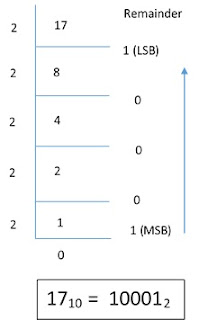Quadratic Equation:
A quadratic equation is any equation in any form $ax^2 + bx + c = 0$, where $a \ne 0$. Finding the roots of the quadratic equation is nothing but solving the equation for $x$. Any quadratic equation can be solved by the formula :
$x = \frac{-b \pm {\sqrt {b^2 - 4ac}}}{2a}$
Algorithm:
- Input the coefficients of the quadratic equation
- Determine the determinant of the coefficients
- Check whether $a$ is $0$ or not
- If $a \ne 0$ then check determinant
- If $determinant \gt 0$ roots are real and different
- If $determinant = 0$ roots are real and same
- Otherwise roots are complex
- Find the roots based on above criteria
- Stop the program
#include "iostream"
#include "conio.h"
#include "math.h"
using namespace std;
int main()
{
float a,b,c,x,y, determinant, real, imaginary;
cout << "Enter coefficients a, b and c : " ;
cin >> a >> b >> c ;
determinant = b*b - 4*a*c;
if(a==0)
{
cout << " 'a' can not be zero" ;
}
else
{
if(determinant > 0)
{
x= (-b + sqrt(determinant))/(2*a);
y= (-b - sqrt(determinant))/(2*a);
cout <<"Roots are real and different:" <<endl;
cout << "x :" << x << endl;
cout << "y :" << y << endl;
}
else if (determinant == 0)
{
cout << "Roots are real and same " << endl;
x = (-b + sqrt(determinant))/(2*a);
cout << "x = y =" << x << endl;
}
else
{
real = -b/(2*a);
imaginary = sqrt(-determinant)/(2*a);
cout << "x = " << real << "+" << imaginary << "i" << endl;
cout << "y = " << real << "-" << imaginary << "i" << endl;
}
return (0);
}
}
INPUT : Enter coefficients a, b and c : 4 5 6
OUTPUT : x = -0.625+1.05327i
y = -0.625-1.05327i






